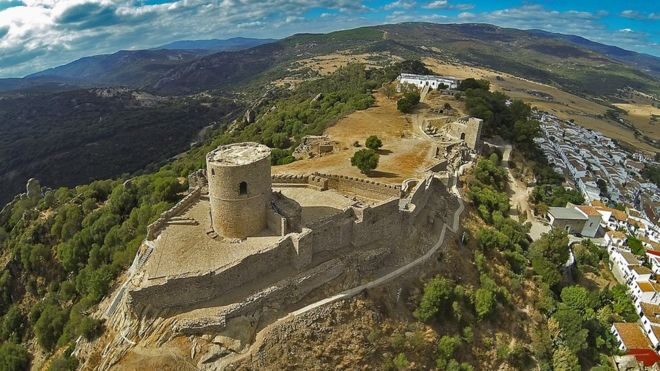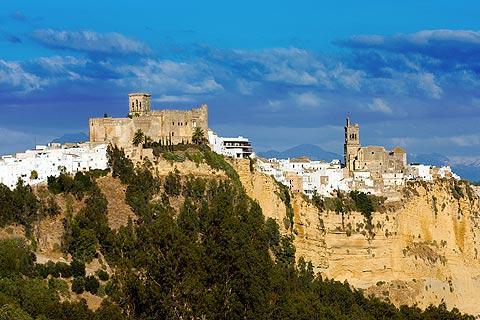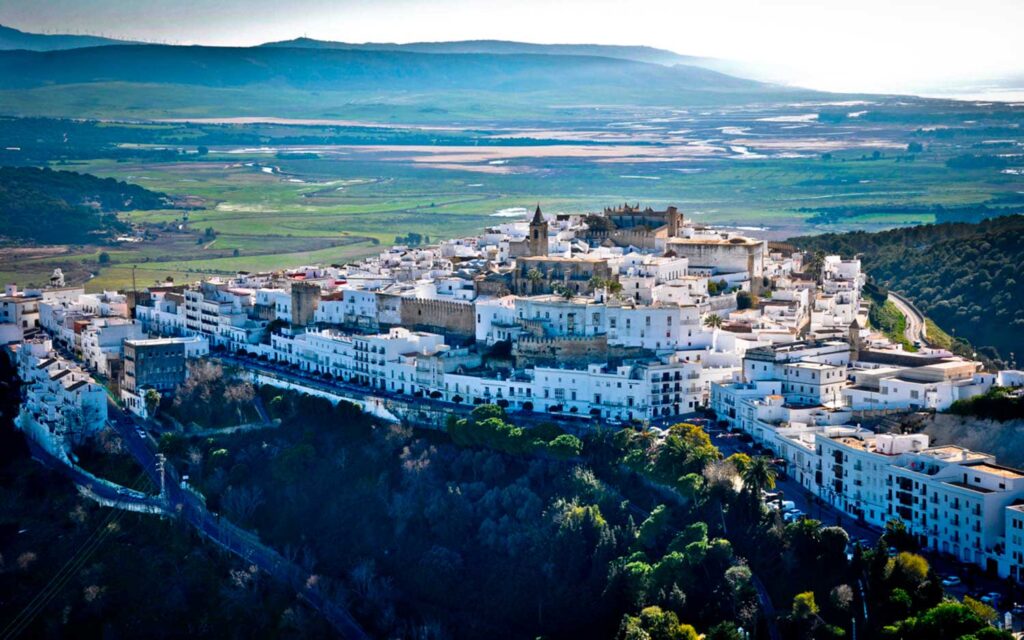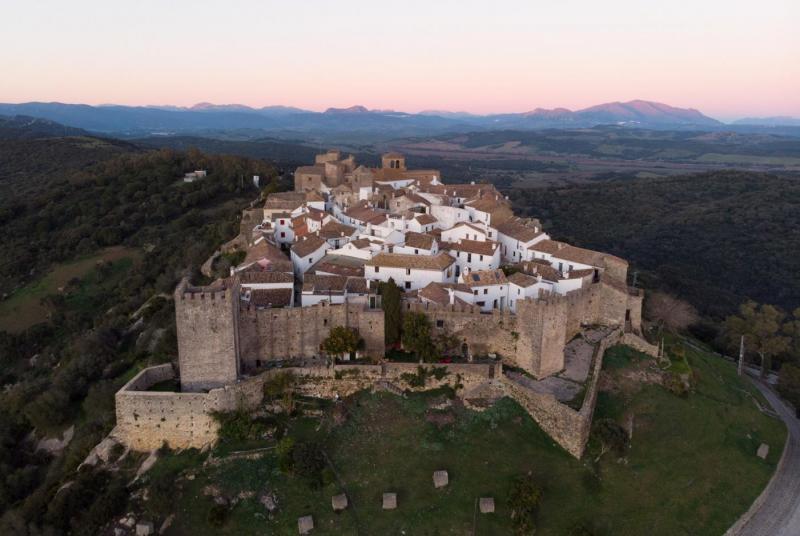
JIMENA DE LA FRONTERA
Have you ever noticed how the names of a lot of towns in Andalusia end in “de la frontera”? It used to puzzle me when I first came to Spain, because these towns were not near any modern frontier or border, so why call them that? Well once you know more about the early history of Spain you begin to understand why there are so many of them and why they don’t form a clear and defined frontier.
In the 9th century, under the rule of al-Rahman III, Moorish Spain became a united country. The small fiefdoms and principalities were conquered by al-Rahman and became part of al-Andalus, a rich, powerful and peaceful kingdom. But nothing lasts forever, and after al-Rahman III’s death, his son and later his grandson were unable to hold the country together. They were surrounded by enemies: the Fatimads in north Africa, the Christians in northern Spain, minor members of the royal family and the princes who’d lost their lands when al-Rahman defeated them. Once they sensed weakness they all sought to gain part of al-Andalus for themselves and during the 10th and 11th centuries the country began to break up into smaller princedoms which fought amongst themselves. The old saying could never have been truer: Together we conquer, divided we fall. The Christians in the north in particular took advantage of the country’s weakened state and began to slowly reconquer the land, until, as you know, the last of the Moors were banished from Spain in 1492.

That is why you see so many Moorish watch towers in places where there seems to be no reason for them, and so many frontier towns without a frontier. The latter were mostly small towns but situated in strategic positions. Over the years I have visited many of them and most of them have remained unchanged for centuries, and when you are there, you realise why they have the names they do. Arcos de la Frontera in the province of Cádiz, for example, is a beautiful old town on top of a vertical sandstone ridge, and is protected on three sides by the Guadalete river. The streets are narrow and windy and more suitable for donkeys than cars, but once you get to the top and stand on the Peña de Arcos de la Frontera you understand why it was a frontier town. From there the soldiers would have been able to see their enemies coming from miles away. It must have been very easy to defend, as was Aguilar de la Frontera in the province of Córdoba. Aguila is the Spanish word for eagle, and this town has an eagle’s eye view of the surrounding land, miles and miles of open plains. In the early 10th century, the castle that still dominates the town, was strengthened by ibn Hafsun, the rebel who was eventually defeated by al-Rahman III, and who featured in my first novel about Moorish Spain, The Shining City.
The strategic importance of the town lay in its position on the Route of the Caliphate which linked Granada and Córdoba and was the busiest road in al-Andalus, used by merchants, craftsmen, scholars and ambassadors from many countries. Whoever controlled Aguilar de la Frontera controlled a lucrative trade route.

In the very south of the country, there is another spectacular example of a frontier town, Vejer de la Frontera, also in Cádiz province. If you drive from Algeciras to Cádiz along the coast road, it suddenly appears in front of you, a town of white Moorish houses built on a low hill overlooking the Straits of Gibraltar. From there it is possible to survey both the land and the sea. Since the time of the Phoenicians and Romans, Vejer has been a defensive town, protecting its inhabitants and the rich fishing industries that were established along the coast from both pirates who would attack from the sea and any invaders from the interior. But the town wasn’t called Vejer de la Frontera until it was captured in 1250 AD by the Christian king, Ferdinand III, when it became a fortress against any Moorish rebellion.


CASTELLAR DE LA FRONTERA
There are a dozen towns with the name of “de la frontera” in Andalusia, and all worth a visit. The others are:
Chiclana de la Frontera
Conil de la Frontera
Jerez de la Frontera
Jimena de la Frontera
Palos de la Frontera
Rosal de la Frontera
Cortes de la Frontera
Moron de la Fronter

Recent Comments